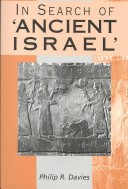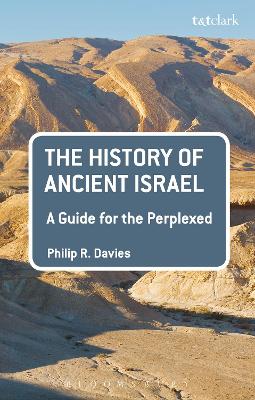Criminal Practice
2 total works
The appearance in 1992 of 'In Search of Ancient Israel' generated a still raging controversy about the historical reality of what biblical scholars call 'Ancient Israel'. But its argument not only takes in the problematic relationship between Iron Age Palestinian archaeology and the biblical 'Israel' but also outlines the processes that created the literature of the Hebrew bible-the ideological matrix, the scribal milieu, and the cultural adoption of a national literary archive as religious scripture as part of the process of creating 'Judaisms'. While challenging the whole spectrum of scholarly consensus about the origins of 'Israel' and its scriptures, it is written more in the style of a textbook for students than a monograph for scholars because, its author believes, it offers an agenda for the next generation of biblical scholars. 'In this reader-friendly polemic, Davies brilliantly addresses an essential issue and at numerous points represents a vanguard in biblical studies' (Robert B. Coote, Interpretation). 'A rich mine of provocative quotations, will provoke considerable opposition and debate, and deserves to be read and reflected on by all biblical scholars' (Keith Whitelam, SOTS Book List).
The History of Ancient Israel: A Guide for the Perplexed
by Philip R. Davies
Philip R. Davies, one of the leading scholars of Ancient Israel in recent years, begins by examining the relevance of the study of Ancient Israel, giving an overview of the sources and issues facing historians in approaching the material. Davies then continues by looking at the various theories and hypotheses that scholars have advanced throughout the 20th century, showing how different approaches are presented and in some cases how they are both underpinned and undermined by a range of ideological perspectives. Davies also explains the rise and fall of Biblical Archaeology, the 'maximalist/minimalist' debate. After this helpful survey of past methodologies Davies introduces readers to the current trends in biblical scholarship in the present day, covering areas such as cultural memory, the impact of literary and social scientific theory, and the notion of 'invented history'. Finally, Davies considers the big question: how the various sources of knowledge can be combined to write a modern history that combines and accounts for all the data available, in a meaningful way. This new guide will be a must for students of the Hebrew Bible/Old Testament.

